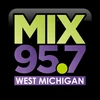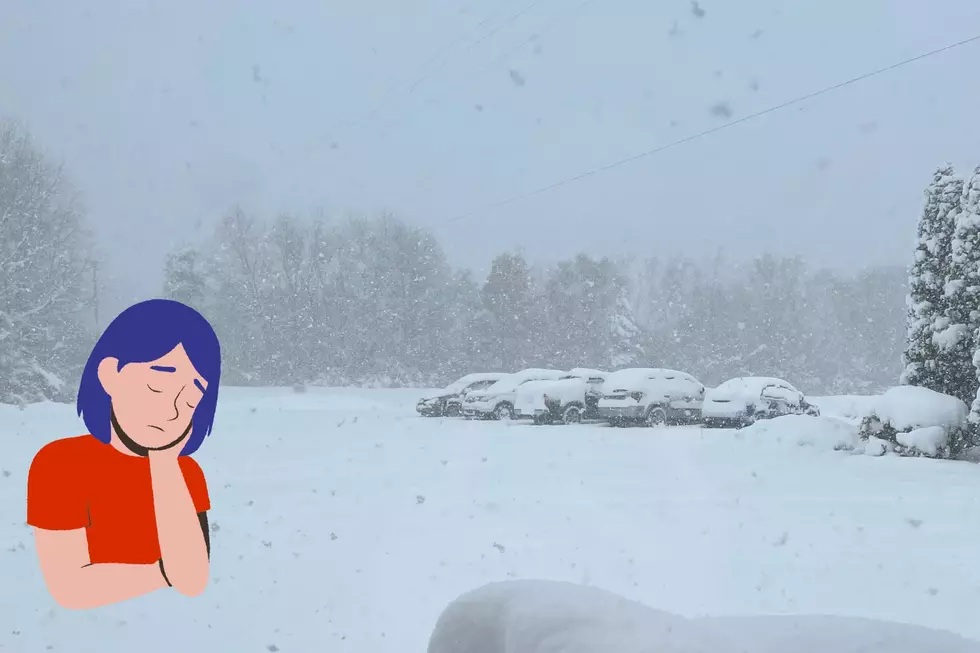
10-Digit Dialing Goes into Effect in the 616 Area Next Month
Pretty soon everyone that lives in the 616 area code will actually have to dial all 10-digits when calling locally as opposed to just the phone number itself.
A press release was sent to us via TDS Telecom that this requirement goes into effect on October 24th.
On and after this date, local calls dialed with only seven digits may not be completed, and a recording may inform customers that your call cannot be completed as dialed.
This change does not only apply to your phone but residents and businesses need to update the following, according to the TDS:
- life safety systems
- VoIP and Private Branch Exchange (PBX) systems
- electronic telephone sets
- auto-dial systems
- multi-line key systems
- fax machines
- internet dial-up numbers
- alarm and security systems
- gates
- speed dialers
- call forwarding settings and voicemail services.
You're probably wondering "why?" Well, it's to prevent people from dialing the new crisis line 9-8-8 which will automatically connect people to the National Suicide Prevention & Mental Health Crisis Lifeline. The FCC proposed this change to make it easier for people to connect to the hotline when seeking mental health help. HOWEVER, until July 16, 2022 people should still call 1-800-273-TALK when it is fully implemented across the U.S.
In an actual emergency situation that requires medical, police, or fire residents should still call 911.
Other area codes in Michigan that will receive this change next month are 906 (U.P.) and 989 (Central MI including Gaylord, Midland, Mt. Pleasant, and Saginaw just to name a few).
Michigan is one of 19 states being impacted. This will not affect your phone number or charges when making calls.
Any questions you might have can be directed to TDS at 1-888-CALL-TDS or on their website.

LOOK: Here are the 25 best places to live in Michigan
More From Mix 95.7









